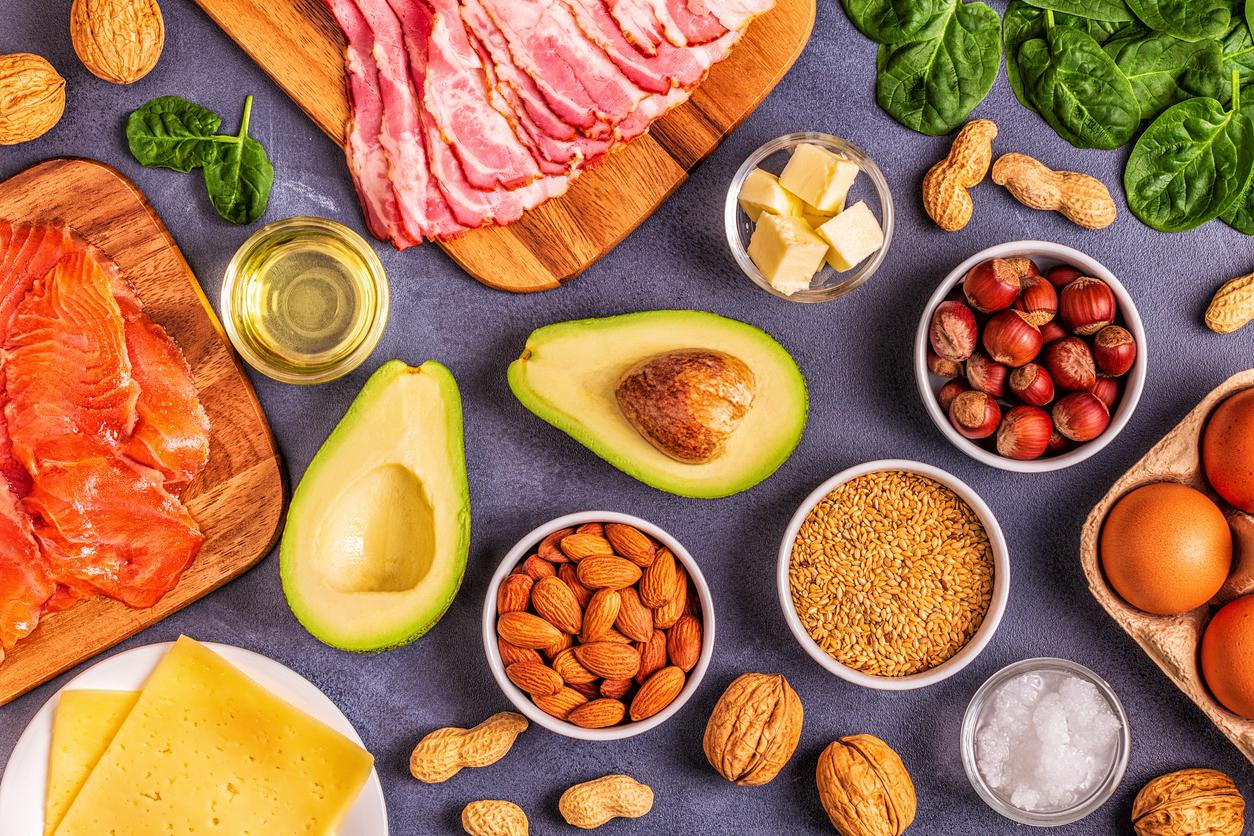The cholesterol level is often a concern, but it is not only negative: the body even needs it. Indeed, we distinguish the HDL-cholesterol called “good” cholesterol which eliminates excess cholesterol in the blood vessels and the LDL-cholesterol or “bad” cholesterol that deposits on our arteries and can cause cardiovascular disease. Cholesterol is one of the body’s lipids. It is present in all cells and blood. Three-quarters of cholesterol is produced by the liver and the rest is provided by foods of animal origin (certain meats, egg yolk, butter, cheese…).
How to decipher your blood count? THE total cholesterol level should not exceed 2g/L , the LDL cholesterol level should ideally be below 1.30g/L. The HDL cholesterol level should not be too low: it is considered a risk factor if it is below 0.35g/L and as a protective factor if it is above 0.60g/L.
What to favor and what to avoid?
The go-to diet for controlling cholesterol is to eat less fat and more dietary fiber. It is advisable to avoid foods rich in fats, saturated fats and cholesterol (egg yolks, butter, cheeses, cold meats, fatty meats…) and to consume more fibers (fruits, vegetables, cereal products…) and of “good” fats be unsaturated fatty acids such as olive oil or walnut oil. Soluble fibers form a gel that absorbs cholesterol and evacuates it from the body, which reduces the amount of cholesterol particles in the blood vessels. Some foods are particularly helpful in controlling cholesterol levels. This is the case with certain fruits such as apples or pomegranates, oats or almonds, for example.
Conversely, avoid dairy products, meat, processed foods or pastries and pastries made from palm oil.
Sources:
- Anne Dufour, Carole Garnier, My Cholesterol Diet BibleEditions Leduc.s, 2019
- Carol Ann Rinzler, Martin W. Graf, Pr Eric Bruckert, Cholesterol control for dummiesEditions First, 2010


























